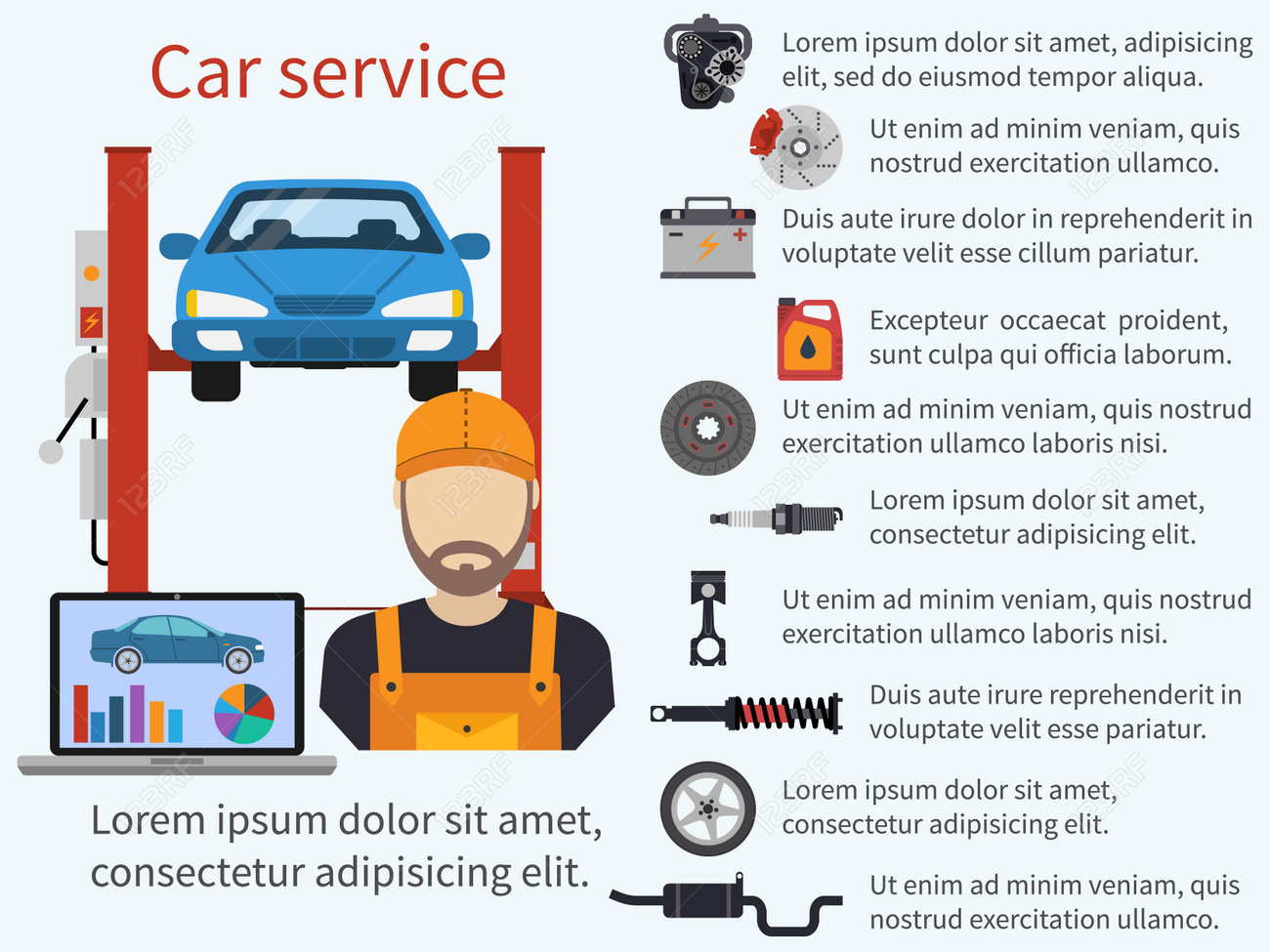Wondering Concerning The Significance Behind Those Control Panel Caution Lights? Gain Understandings Into Their Ramifications For Your Automobile'S Security And Maintenance
Wondering Concerning The Significance Behind Those Control Panel Caution Lights? Gain Understandings Into Their Ramifications For Your Automobile'S Security And Maintenance
Blog Article
Post Composed By-Lauritsen Stark
When you lag the wheel, those beautiful caution lights on your dashboard can be a little bit difficult. Do you know what they're trying to tell you concerning your vehicle's wellness? Comprehending the importance of these lights is essential for your safety and security and the durability of your car. So, the following time one of those lights appears, would not you intend to understand its message precisely and take the needed steps to resolve it?
Common Caution Lighting and Interpretations
Recognize common caution lights in your cars and truck and recognize their significances to make certain risk-free driving.
One of the most typical warning lights consist of the check engine light, which indicates concerns with the engine or discharges system. If this light comes on, it's crucial to have your car examined immediately.
https://air-lift-performance-kits52739.webbuzzfeed.com/31634666/vehicle-repair-work-s-future-landscape-significant-fads-to-observe-in-the-upcoming-years alerting light indicates low oil pressure, requiring immediate interest to prevent engine damage.
A flashing battery light may suggest a defective charging system, possibly leaving you stranded if not addressed.
The tire stress tracking system (TPMS) light notifies you to low tire pressure, affecting vehicle security and fuel efficiency. Overlooking this might bring about harmful driving conditions.
The abdominal light suggests a problem with the anti-lock braking system, jeopardizing your ability to quit promptly in emergencies.
Finally, the coolant temperature cautioning light warns of engine getting too hot, which can lead to serious damages otherwise resolved quickly.
Understanding these typical warning lights will certainly aid you resolve concerns immediately and keep risk-free driving problems.
Importance of Prompt Interest
Recognizing the common caution lights in your automobile is only the primary step; the value of immediately resolving these cautions can't be stressed enough to ensure your security when traveling.
When a warning light brightens on your dashboard, it's your car's means of communicating a potential problem that requires attention. Neglecting these warnings can result in extra severe problems in the future, compromising your safety and security and potentially costing you much more out of commission.
go to the website to warning lights can protect against breakdowns and accidents. For example, a blinking check engine light could show a misfire that, if left unattended, can trigger damage to the catalytic converter. Addressing this quickly can save you from an expensive repair.
Similarly, a brake system cautioning light may signal reduced brake fluid or used brake pads, important components for your safety when driving.
DIY Troubleshooting Tips
If you see a warning light on your dashboard, there are a few do it yourself repairing ideas you can attempt prior to seeking expert help.
The first step is to consult your car's handbook to recognize what the particular warning light shows. Often the issue can be as simple as a loosened gas cap triggering the check engine light. Tightening the gas cap may deal with the issue.
Another common concern is a reduced battery, which can activate various alerting lights. Examining the battery links for deterioration and guaranteeing they're safe could deal with the problem.
If a warning light persists, you can attempt resetting it by detaching the auto's battery for a couple of minutes and after that reconnecting it. Additionally, inspecting your automobile's fluid degrees, such as oil, coolant, and brake liquid, can assist fix warning lights connected to these systems.
Final thought
Finally, recognizing your auto's warning lights is vital for keeping your lorry running smoothly and safely. By immediately dealing with these informs and recognizing what they mean, you can avoid pricey repairs and prospective break downs.
Remember to consult your car's guidebook for certain details on each warning light and act appropriately to guarantee a hassle-free driving experience.
Remain notified, remain safe on the road!
